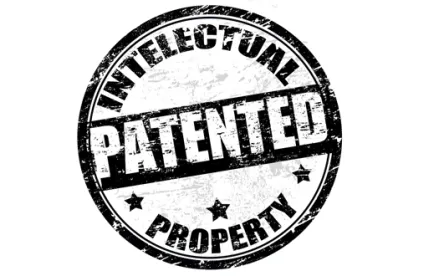It has been a few months since we reported on Federal Court wranglings with the Biologics Price Competition and Innovation Act, or BPCIA, which created the nation’s abbreviated marketing pathway for biosimilar products.
After the Supreme Court issued its first ruling on the BPCIA in June 2017 (see our prior post here), it sent the dispute between Amgen and Sandoz back to the Federal Circuit Court of Appeals to resolve the question of whether Amgen’s claims asserted under California law, including a claim of unfair competition, were preempted under the BPCIA.
In December 2017, a three-judge panel of the Federal Circuit issued its opinion, ruling that the BPCIA preempts Amgen’s state law claims under both the doctrines of “field preemption” and “conflict preemption.” The court’s takeaway message to the biologics industry and the lawyers representing them was clear:
[These] state law claims conflict with the BPCIA and intrude upon a field, biosimilar patent litigation, that Congress reserved for the federal government.
Our colleagues from Mintz Levin’s Intellectual Property Practice have provided further analysis of the Federal Circuit’s BPCIA preemption decision on our sister blog, Global IP Matters, which you can read here.
In addition, 2017 closed out with several important biosimilar regulatory developments, as we noted in our FDA Year in Review Post here. Critically, after we wrote that post, the Agency approved one more abbreviated biologic license application (aBLA) for a biosimilar of the reference product Remicade® (infliximab) – which is the third approved infliximab biosimilar. It also gave FDA a total of five approved aBLA applications for calendar year 2017, an improvement over 2016 when three aBLAs were approved. This increased pace of approvals reflects all stakeholders’ greater understanding of the aBLA pathway as we receive more guidance and experience in the area; many more applications in the review pipeline and many more biosimilars in development; and the reduced need for the Agency to convene advisory committees for each new application as it starts to receive second and third aBLAs for the same reference product. (FDA’s general policy has been to bring only the first biosimilar of each reference product to an advisory committee for review and feedback.)
An updated version of our Status of Biosimilars Chart reflecting recent developments is available here.
Finally, we are still watching for details from Commissioner Gottlieb and the Agency about the “significant policy announcement being planned for the beginning of 2018 on the topic of increasing competition in markets for biological products” – as we referred to it in our FDA Year in Review Post back in December 2017. Most recently, the Agency published its 2018 Strategic Policy Roadmap on January 11, 2018, which hints at this policy announcement again but doesn’t provide much more information. The Roadmap states that one action the Agency intends to take towards increasing competition and getting drug prices down for consumers is to “launch a comprehensive program to promote the development and adoption of safe, high-quality biosimilar drugs as part of a new Biosimilar Innovation Plan (BIP).”




 />i
/>i
